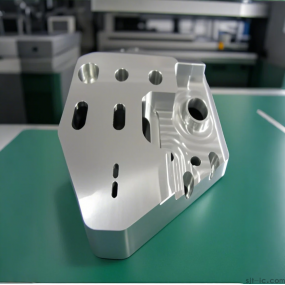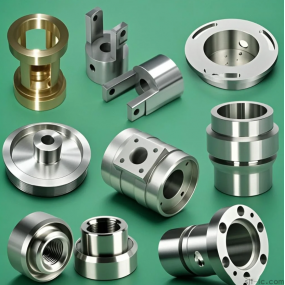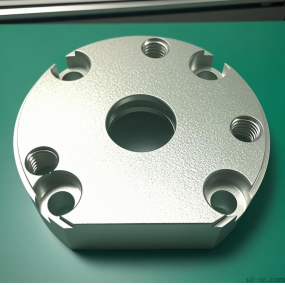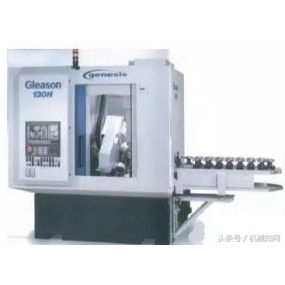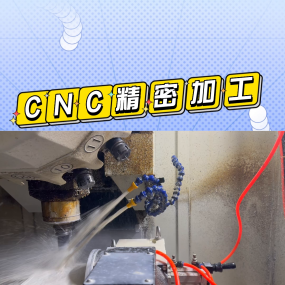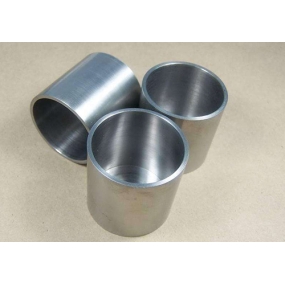Non-standard parts processing refers to the customized production and processing of parts according to the drawings or samples provided by customers. These parts often need to meet the requirements of specific specifications, shapes, materials and properties, so they need to be customized according to customer‘s requirements. 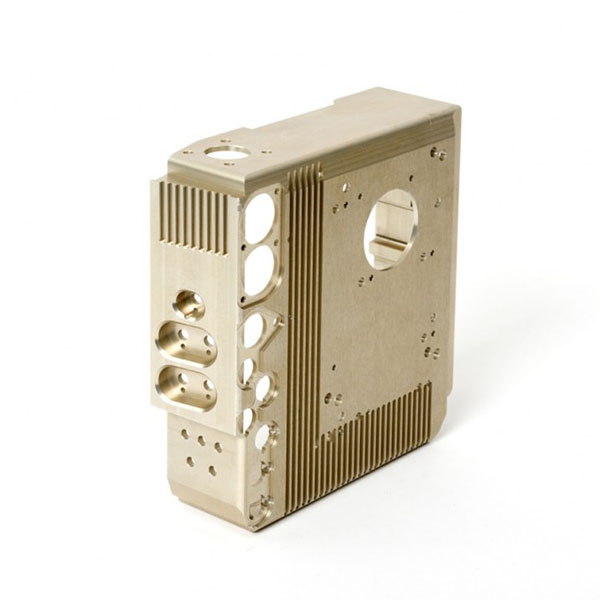 Non-standard parts processing needs to go through multiple processes and processes, including material selection, mold design, casting or forging, heat treatment, machining, surface treatment and other links. These links need to be adjusted and optimized according to customer needs and production plans to ensure the production of high-quality, high-performance non-standard parts. Non-standard parts processing industry mainly serves machinery, energy, electronics, automotive and other fields, involving a wide range of fields, but also affected by changes in the market economy. Therefore, the non-standard parts processing industry needs to pay attention to changes in market demand and continuous technological innovation to improve its own competitiveness. In short, non-standard parts processing is a processing method that is customized according to customer needs. It needs to go through multiple processes and processes, and it needs to pay attention to technological innovation and market changes. At the same time, non-standard parts processing also needs to continuously improve its own competitiveness to better serve the needs of various fields.
Non-standard parts processing needs to go through multiple processes and processes, including material selection, mold design, casting or forging, heat treatment, machining, surface treatment and other links. These links need to be adjusted and optimized according to customer needs and production plans to ensure the production of high-quality, high-performance non-standard parts. Non-standard parts processing industry mainly serves machinery, energy, electronics, automotive and other fields, involving a wide range of fields, but also affected by changes in the market economy. Therefore, the non-standard parts processing industry needs to pay attention to changes in market demand and continuous technological innovation to improve its own competitiveness. In short, non-standard parts processing is a processing method that is customized according to customer needs. It needs to go through multiple processes and processes, and it needs to pay attention to technological innovation and market changes. At the same time, non-standard parts processing also needs to continuously improve its own competitiveness to better serve the needs of various fields.
Hello! Welcome to EMAR's website!
 English
English » »
» »
 Spanish
Spanish Arabic
Arabic French
French Portuguese
Portuguese Belarusian
Belarusian Japanese
Japanese Russian
Russian Malay
Malay Icelandic
Icelandic Bulgarian
Bulgarian Azerbaijani
Azerbaijani Estonian
Estonian Irish
Irish Polish
Polish Persian
Persian Boolean
Boolean Danish
Danish German
German Filipino
Filipino Finnish
Finnish Korean
Korean Dutch
Dutch Galician
Galician Catalan
Catalan Czech
Czech Croatian
Croatian Latin
Latin Latvian
Latvian Romanian
Romanian Maltese
Maltese Macedonian
Macedonian Norwegian
Norwegian Swedish
Swedish Serbian
Serbian Slovak
Slovak Slovenian
Slovenian Swahili
Swahili Thai
Thai Turkish
Turkish Welsh
Welsh Urdu
Urdu Ukrainian
Ukrainian Greek
Greek Hungarian
Hungarian Italian
Italian Yiddish
Yiddish Indonesian
Indonesian Vietnamese
Vietnamese Haitian Creole
Haitian Creole Spanish Basque
Spanish Basque


